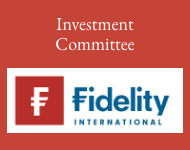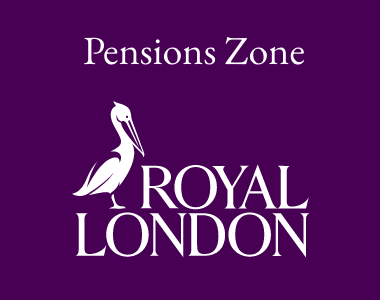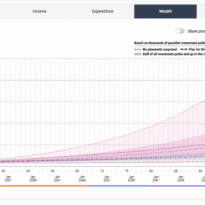Data shows: market pullbacks are common – but rarely permanently
The numbers speak for themselves: while setbacks occur regularly, they are seldom lasting. Between 31 December 1985 and 30 April 2025, the FTSE All Share Total Return Index declined by at least ten percent on average every 16 months – and by 20 percent or more approximately every five years. Nevertheless, every one of these downturns was eventually followed by a recovery – often accompanied by new highs.
Market timing is a myth
Investors who believe they can outperform the market through tactical entry and exit strategies often run the risk of missing key performance phases.
Capital Group analysis shows that a hypothetical investment of £1,000 in the FTSE All Share Index between 29 April 2015 and 28 April 2025 would have grown to £1,741 – provided the investor had remained fully invested throughout. Missing just the ten best trading days would have cut the return by 34%.
Rational decisions in irrational times
Investor behaviour during times of crisis is often irrational – and this is no coincidence. Emotional reactions to market events are perfectly normal and investors should expect to feel nervous when markets decline. However, the actions taken during such periods can mean the difference between investment success and shortfall.
One way to encourage rational investment decision-making is to understand the fundamentals of behavioural economics. Understanding behaviours like anchoring, confirmation bias and availability bias may help investors identify potential mistakes before they make them. A structured investment strategy can help prevent impulsive reactions too.
Recommended tools include time-tested approaches like ‘Pound Cost Averaging’, which involves investing a fixed amount at regular intervals regardless of market conditions. This approach can help achieve a lower average purchase price over time without relying on perfect timing.
Diversification and bonds as stabilising anchors
Another key element for investors to consider is broad diversification across asset classes. While this cannot eliminate losses, it can help to reduce the risk of extreme fluctuations and volatility.
Stocks are important building blocks of a diversified portfolio, but bonds can provide an essential counterbalance. This is because bonds typically have a lower correlation to the stock market, meaning that they have tended to move in the opposite direction to equities — in other words, bonds have tended to zig when the stock market zagged.
Although bonds only partially fulfilled their role as a safe haven in 2022, historical data shows that a mix of equities and fixed income can help build a more resilient portfolio.
Long-term thinking pays off
Even though the present may be marked by uncertainty, investors should not lose sight of the long term. It’s always important to maintain a long-term perspective, but especially when markets are declining. Over time, markets have consistently rewarded investors, something evidenced by the fact that from 1995 to March 2025, the average annual return of the FTSE All Share Index across all rolling ten-year periods was 8.06%.
Ultimately, staying calm and relying on time-tested principles is key. Investors who remain disciplined during turbulent times and follow a solid investment plan stand a good chance of not only weathering market volatility – but also benefiting from it.
Main image: nicholas-cappello-Wb63zqJ5gnE-unsplash
































